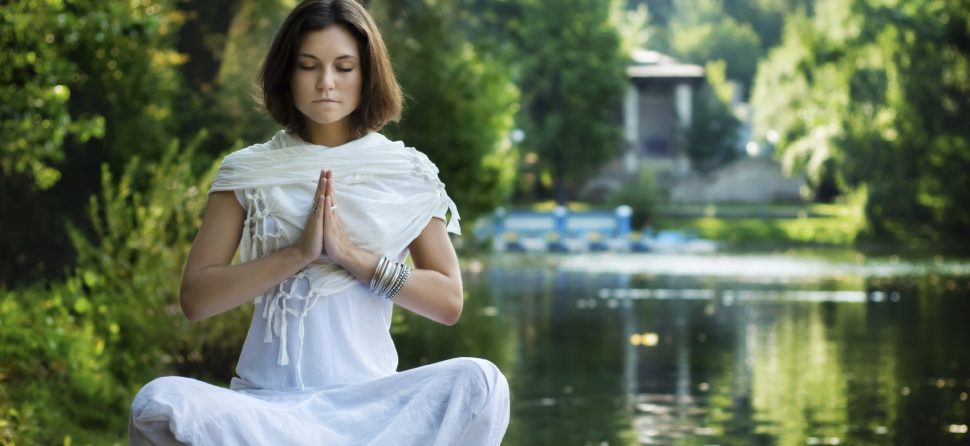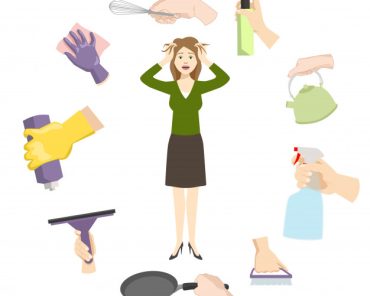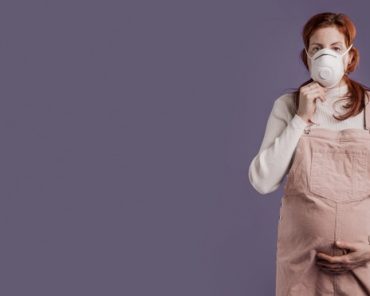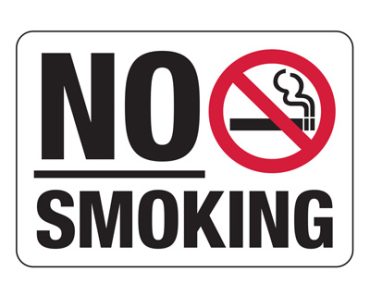By Ankita Purohit
The top 8 yoga poses for Stress Relief
Does Yoga provide relief from stress? Definitely Yes! Various experimentation has been performed to check whether Yoga is beneficial as many claim it to be and the results has been quiet astounding! Yoga is a type of exercise that binds the spiritual, mental and physical self of an individual if done in a disciplined manner. It was originated in India during Vedic era approximately between 6th to 5th century B.C.E. It has a meditative and spiritual core. Yoga was introduced to the West in the 19th century but gained popularity in the 20th century through mouth-to-mouth publicity. Since it brings so many positive impacts on the body it has now widely practiced in the world. There are many types of yoga postures or “asans” that specifically focus on stress, anxiety, arthritis, migraine, blood pressure, etc. Here I am about to discuss the top 8 yoga poses for stress relief.
1. Balasana or Child pose: In this, first kneel down and then sit on your heels. Now bend forward and lower your forehead till it touches the ground. Keep your hands on the floor with palms facing up with respect to your head. Gently press your chest against your thighs and hold. Be in this position for around 30 to 60 seconds. Slowly come upwards, sit on your heels and be relax. Repeat.

2. Marjariasana or Cat pose: Form yourself into a table such that your knees and palms hold the floor and your back becomes the table. Your arms are to be kept perpendicular to the ground, provided that your hands are directly under your shoulders flat to the ground; and your knees are kept hip-width apart. Now look straight ahead. While inhaling slowly, raise your chin and tilt your head backwards, pushing your navel downwards. Along with that, raise your tailbone. Now while exhaling do exactly opposite. Move your head and tail-bone downwards again, and navel and back in the upward direction. Relax the buttocks. Hold this posture till you get back to the table position. Repeat about 5 to 6 times.

3. Uttana Shishosana or Puppy pose: Make the table position as explained previously. Slowly walk your hands forward, thereby lowering your chest to the ground downwards. The hips will be over the knees. Move your forehead towards the ground. Lift your hips higher towards the ceiling. Overall there will be an inclined position like dogs do while sniffing. Hold this position for 5 to 10 breaths and get back to the table position. Repeat.

4. Viparita Karani or Legs-up-the-wall pose: Lie on your back keeping your sit-bones closest to the wall to the extent of comfort. Extend the legs upwards to the wall such that the backs of the legs rest against the wall. Hold for a few seconds till when you feel comfortable then get back to normal. Repeat the process again for 10 to 15 minutes, taking breaks in between for 1 or 2 minutes.

5. Utthita Trikonasana or Extended Triangle pose: Stand on the mat with legs distant apart. Depending on your height keep your legs 2 or more feet apart or as much as possible for you. Do not put too strain else injury might occur. Be assured that your heels are aligned with each other. Turn your right foot 90 degrees forward such that the toes point to the top of mat. The center of the right knee cap and the center of the right ankle must be aligned with each other. Your back toes must be inclined at the angle of 45 degrees. Your left foot must be slightly inwards. Now raise both of your arms side-wise equivalent to the shoulder such that these become parallel to the floor. Your arms ought to be directly aligned over your legs with your palms facing down. While exhaling, reach your right palms downwards towards the right foot slowly. The left palm is exactly opposite, i.e. facing towards the sky. At this point, the left shoulder is exactly above the right shoulder forming perpendicular to the floor. Keep your left hip back because your pelvis and tail-bone need to tilt towards the space behind the left foot. Now be at the original standing position and relax. Repeat the same process for the opposite direction.

If you feel uncomfortable, do not stress, instead stand against the wall and follow the above steps. The only difference is this time you take the support from the wall.
6. Shavasana or Corpse pose: Since this is the relaxation practice only do this when you are sure that nobody is going to bother you for about 15 to 30 minutes. While doing this, keep aside all your worries or stress and pay attention as instructed.
Lie on your back on the floor without any pillows or cushions. Use the cushions only if absolutely necessary. Relax every part of your body. Close your eyes. Make sure that you do not sleep. Keep your palms alongside, facing upwards, being little spread apart. Take a deep breath and get into more relaxation as you inhale and exhale. Concentrate on one leg starting from the foot towards knees towards thighs. Now concentrate on next leg, in the same way, i.e. downwards to upwards. Then comes your stomach, chest, shoulders, arms, etc. Relax every part of your body and try to reach deeper. After when you feel completely relaxed, roll to the right side and lie in that position for about a minute. Now by taking support of your right hand sit up and be seated, keeping your eyes closed still. Feel the environment. Hear the sound that is generated. This could be anything like birds chirping, dogs barking, kids playing, rain drops, etc. Now open your eyes slowly.

7. Setu Bandhasana or Bridge pose: Lie on your back. Fold your knees. Keep the feet and hips somewhat distance apart on floor. Keep the arms besides the body with palms facing the ground. While inhaling slowly lift your lower back, middle back and upper back in the upward direction against the floor. Touch the chest to the chin without the chin bending downwards. Your shoulders, arms and feet support your body weight. Your thighs are parallel to each other as well as the floor. You may support your back with the arms. Hold this position for a minute or two and keep breathing slowly. Now exhale and release back to the previous posture.

8. Uttanasana or Standing Forward Bend pose: First of all stand straight keeping legs and hands besides, and not apart. Now bend downwards keeping your back straight. Try to touch the floor. At first, it will be felt too intense but gradually there would be flexibility. With time it would be possible to touch the whole palm on the floor. This is the Uttanasana posture.

Above yoga poses show marvelous results if performed on regular basis. Not only stress but also other benefits like backache relief, strengthening of shoulder and arms, relief from anxiety, relief from depression, etc. are felt. Be regular and then see the changes for yourself within. Yoga is definitely highly beneficial, but if not done properly may cause sprains and injuries. So, be careful and follow the instructions. Some people are quite old to do everything mentioned. For them Corpse pose is the best which doesn’t require the physical straining.





